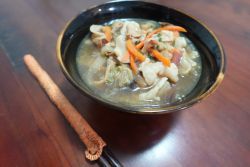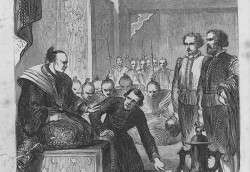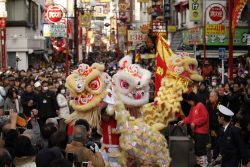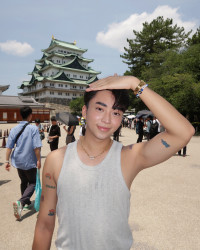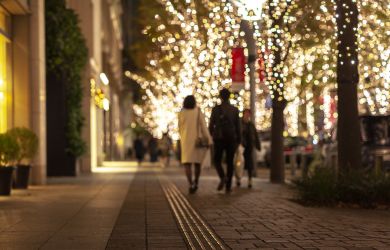
December 2, 2025
Tokyo Illumination Guide for Winter 2025 – 2026
Where to catch the best illuminations in the capital this winter
As the nights grow longer and the chill sets in, elegant champagne-gold avenues and blue-hued tunnels illuminate the sky. Whether you’re planning a romantic evening stroll, a cozy outing with friends or a family weekend adventure, this year’s displays promise to make the city sparkle brighter than ever.
Follow @metropolisjapan on Instagram and DM us “JAPAN” for a free Tokyo dining experience
Tokyo Midtown Christmas
November 13 – December 25
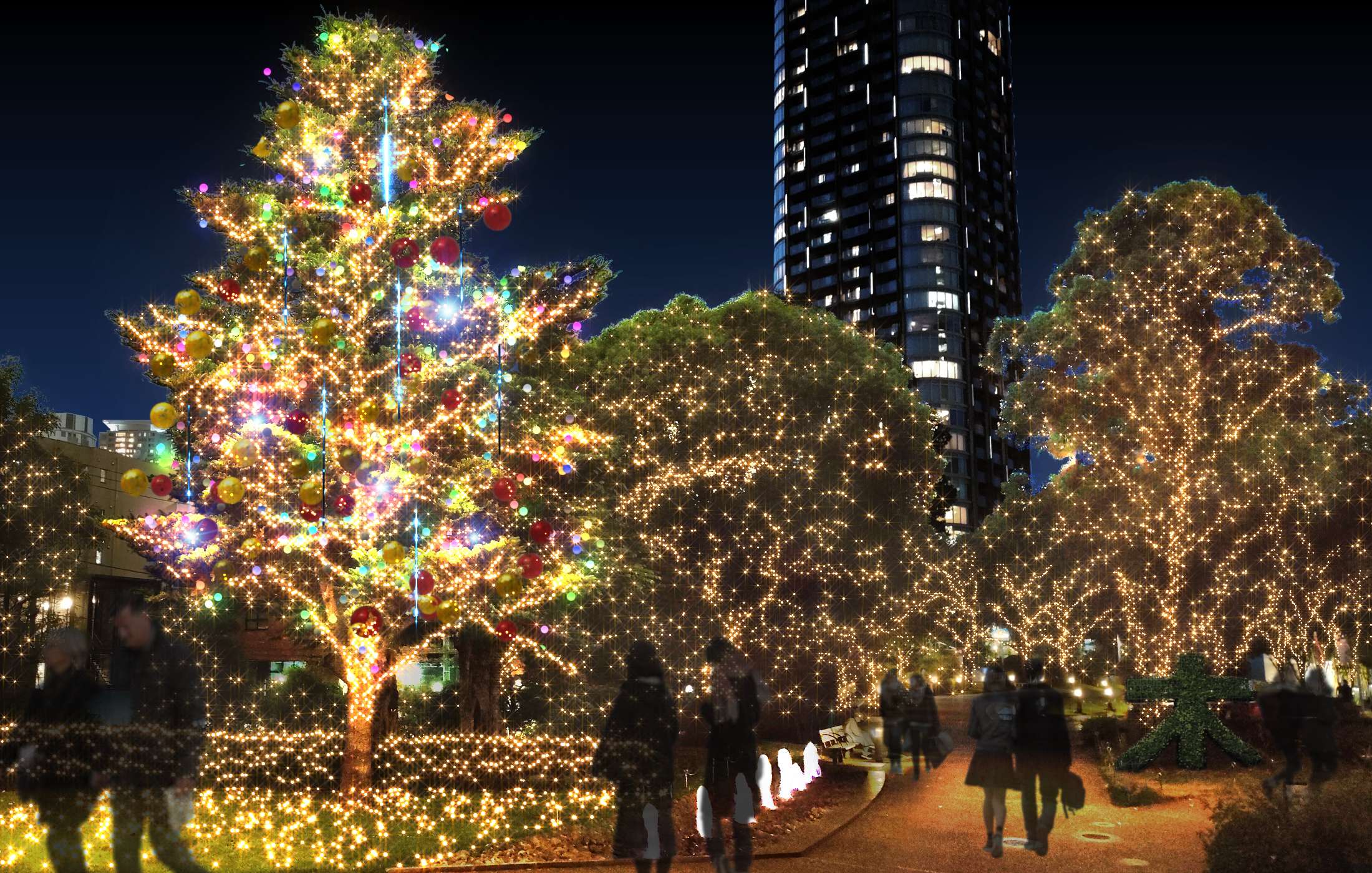
Tokyo Midtown’s MIDTOWN CHRISTMAS 2025 transforms Roppongi into a glowing winter wonderland under the theme “Your Christmas Story.” Enjoy the return of the beloved bubble and snow illuminations, the sparkling “Path of Lights,” and the charming “Santa Tree” featuring 1,600 Santas.
TOKYO MIDTOWN
Free Entrance
5 pm – 11 pm
More information on the Tokyo Midtown official website
Tokyo Christmas Market 2025
November 21 – December 25
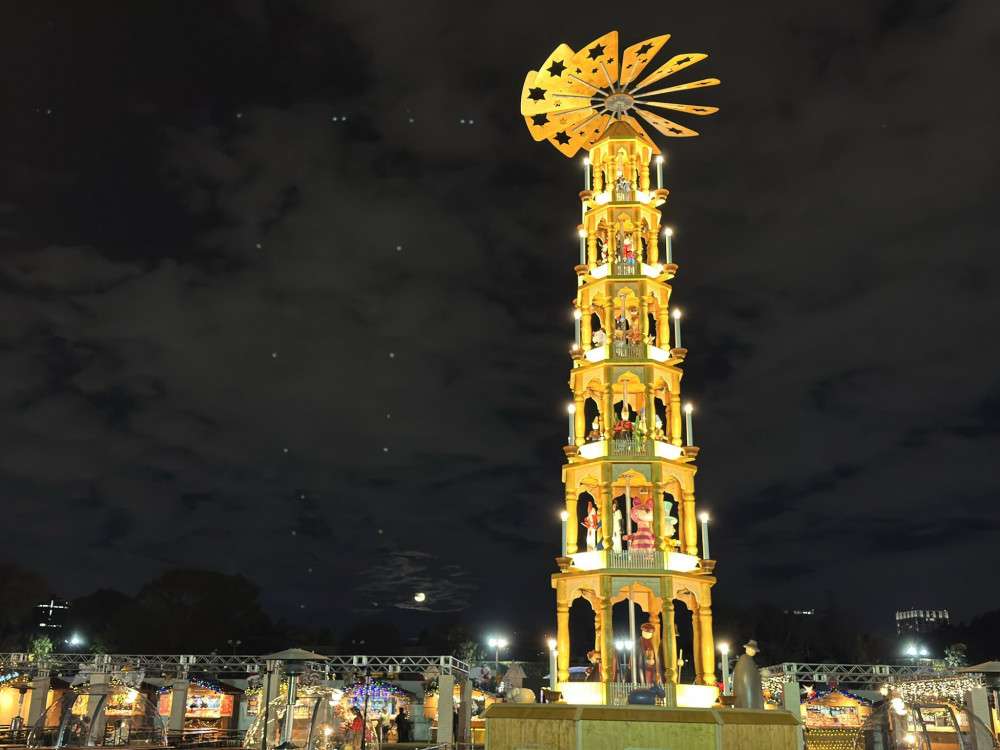
Japan’s most popular holiday market transforms two venues across Tokyo into cozy Christmas towns. With support from the German Tourism Association and the German Embassy, the market features a 14-meter-tall Christmas pyramid imported from Germany. The stalls will take you right to a quaint European town, with hot mulled wine, German sausages and glowing stalls selling charming trinkets and gifts.
Meiji Jingu Gaien Stadium
First day 4 pm – 9:30 pm, All other days 11am – 9:30 pm
Last entry 8:30 pm, Last Order 9 pm
Shiba Park
First day 4 pm – 10 pm, All other days 11am – 10 pm
Last entry 9 pm, Last Order 9:30 pm
More information on the Tokyo Christmas Market official website
HIBIYA Magic Time Illumination 2025
November 13 – February 28
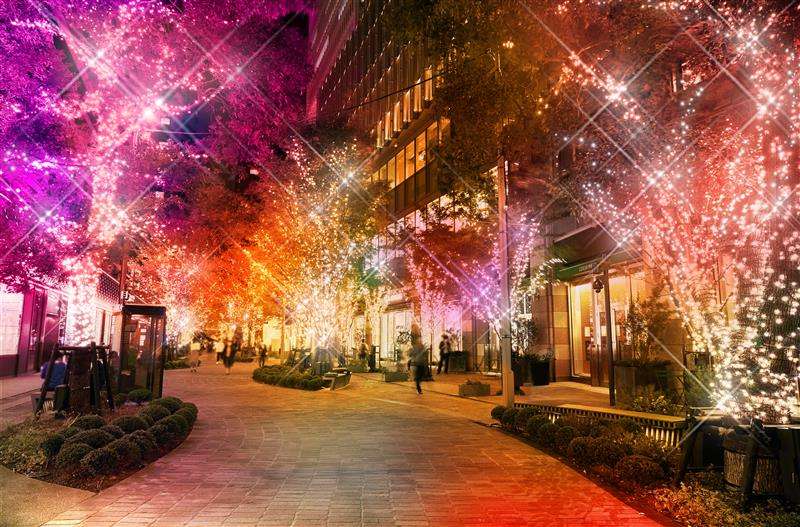
Celebrate the season at Hibiya Magic Time Illumination, where music and light transform the Hibiya area into a winter wonderland. Inspired by Zootopia 2, this year’s display features animal-themed ornaments and the new “ETERNAL HEART TREE,” shimmering with silvery lights. The event’s theme, “music,” unfolds in two parts—1920s jazz in the first half and serene nocturnes in the second. Visit the Park View Winter Garden for a sustainable botanical light display and explore Tokyo Midtown Hibiya’s first Christmas Marché for seasonal gifts and festive treats.
Hibiya Nakadori Street
HIBIYA Area Illumination: 4 pm – 11 pm
HIBIYA Magic Time SQUARE 2025: 4 pm – 11 pm
*Nov 13 – Dec 25
More information on the HIBIYA Magic Time Illumination here.
Yebisu Garden Place Christmas Market and Illumination 2025
November 8 – March 1
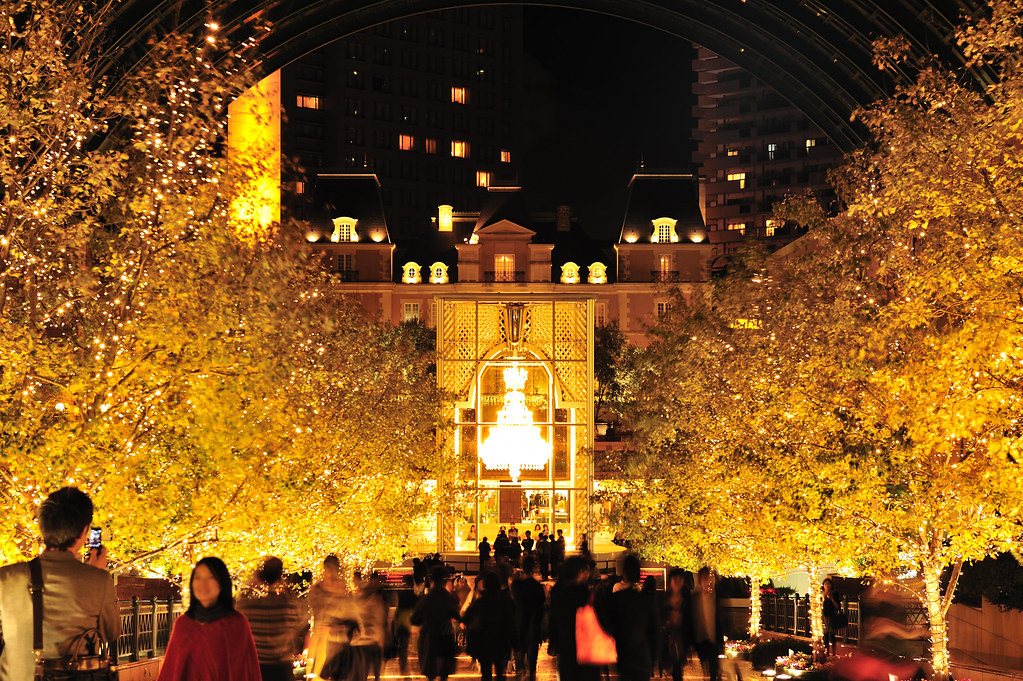
Discover Yebisu Garden Place’s dazzling 10-meter Christmas tree, champagne gold lights, and a Baccarat chandelier display. Wander the expanded Christmas market, now in both Clock and Chateau Squares and indulge in festive treats like crepes from PÄRLA or local winter favorites like yakiimo. Special music sessions from Blue Note DJs add to the magic every weekend through December. Don’t miss this season’s largest celebration of lights, festive cheer and holiday spirit in Tokyo.
Ebisu Garden Place, Shibuya
Illuminations: 4pm – 11pm
More information here
Keyakizaka Illumination 2025
November 4 – December 25
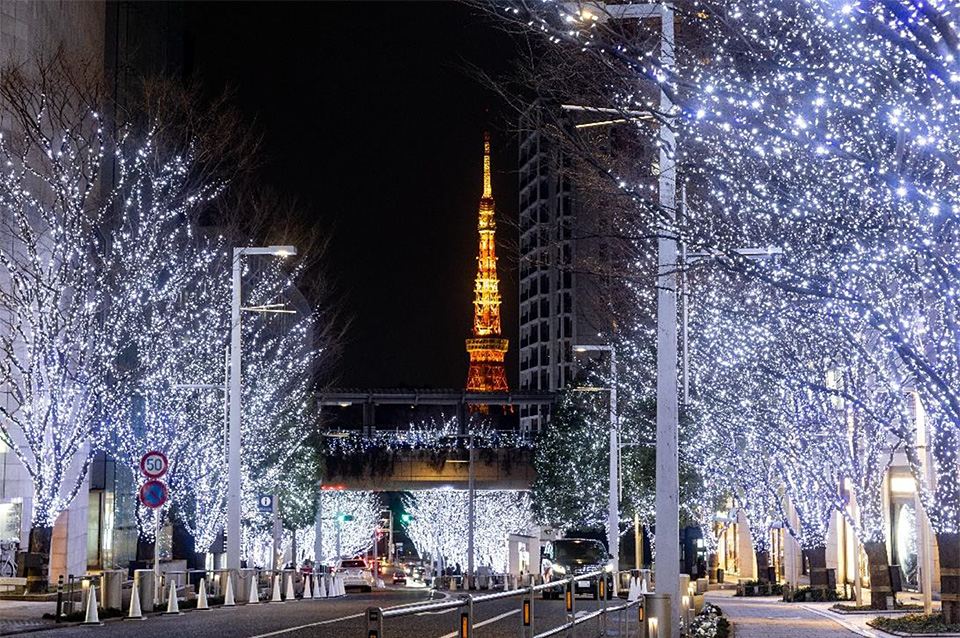
Roppongi Hills Christmas stuns the city each year with its glowing tunnel of trees. It’s like strolling through a crystal forest, with the contrasting warm light of Tokyo Tower in the distance. Beyond this spectacle, there are various choices in illumination attractions throughout the Roppongi Hills area, so be sure to explore.
Roppongi Hills Keyakizaka Street
Free Entrance
5pm – 11pm (Lighting scheduled at around 5:40pm for the first day)
More information here
Roppongi Christmas Market 2025
November 22 – December 25
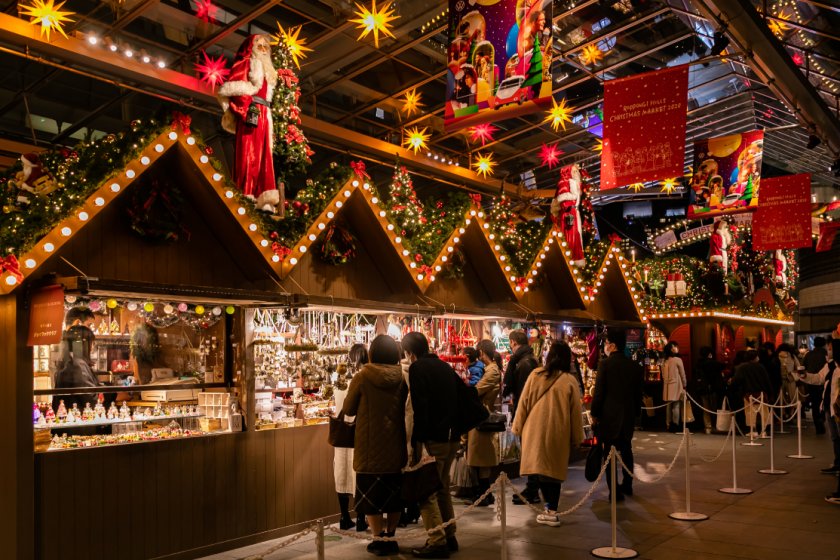
Though smaller than the Tokyo Christmas Market, this charming holiday market is a must-visit if you’re in the area. Warm up with a hot chocolate or mulled wine, enjoy sizzling German sausages and browse the beautifully decorated stalls to soak up the festive spirit in the heart of the city.
O-yane Plaza, Roppongi Hills
Christmas Market 11 am – 9 pm
Free Entrance
More information here
Mohri Garden Illumination 2025
November 14 – December 25
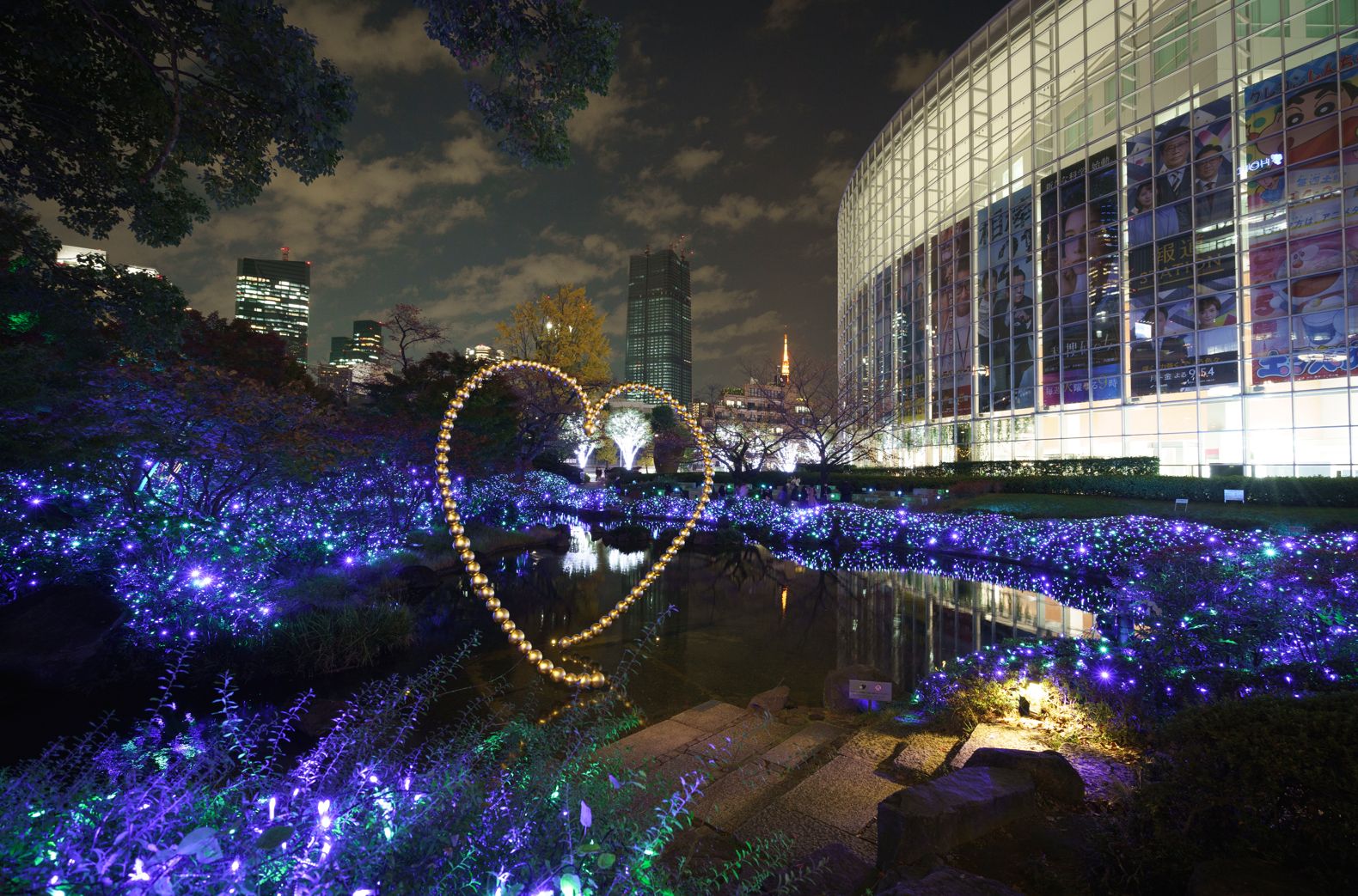
Amid pure white lights that sparkle softly like snow, a champagne gold glow adds a gorgeous, radiant touch. Take a stroll through Mohri Garden and capture the beautiful illuminations reflecting beautifully in the dark pond.
Mohri Garden
Illumination: 5 pm – 11 pm
Free Entrance
More information here
Tokyo Skytree Town Dream Christmas 2025
November 6 – December 25
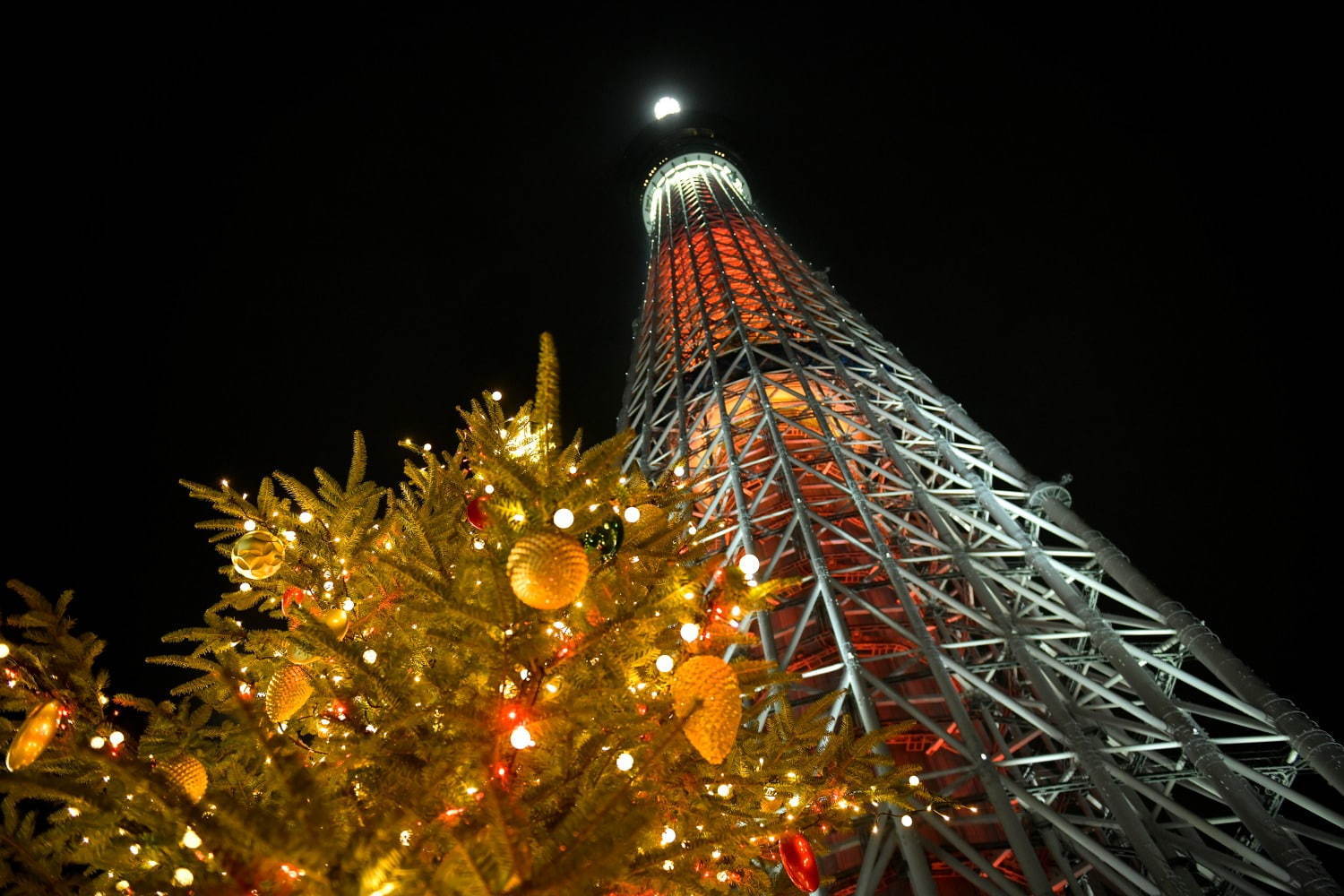
The world-famous Sky Tree is regularly filled with events and activities. This Christmas is no exception, with golden lights and a festive atmosphere at the base of one of Tokyo’s most iconic towers.
Tokyo Skytree
Opening hours: 5:30 pm-10 pm
Save up to ¥400 on advance tickets here
More information here
Marunouchi Illumination 2025-2026
November 11 – February 15

Around 820,000 champagne-gold LED lights illuminate Marunouchi Naka-dori and extend through Gyoko-dori Avenue. Over 340 trees create a dazzling path between Tokyo Station and the Imperial Palace Gardens. This year’s Marunouchi Street Park 2025 Winter introduces the first Christmas tree on Gyoko-dori and Hütte, serving classic holiday dishes. Marunouchi Naka-dori also features a festive market with food trucks, antique shops, and Christmas goods. Enjoy the warm glow, seasonal flavors, and holiday cheer in one of Tokyo’s most elegant winter spots.
Marunouchi, Chiyoda
Tokyo Station area and Marunouchi-Nakadori Ave Illuminations:
4 pm – 11 pm
Gyoko-dori Ave Illuminations:
4pm – 12am *Nov 28 – Dec 25 only
More information here
Hotel Chinzanso’s Tokyo 2025
January 8 – All Year Round
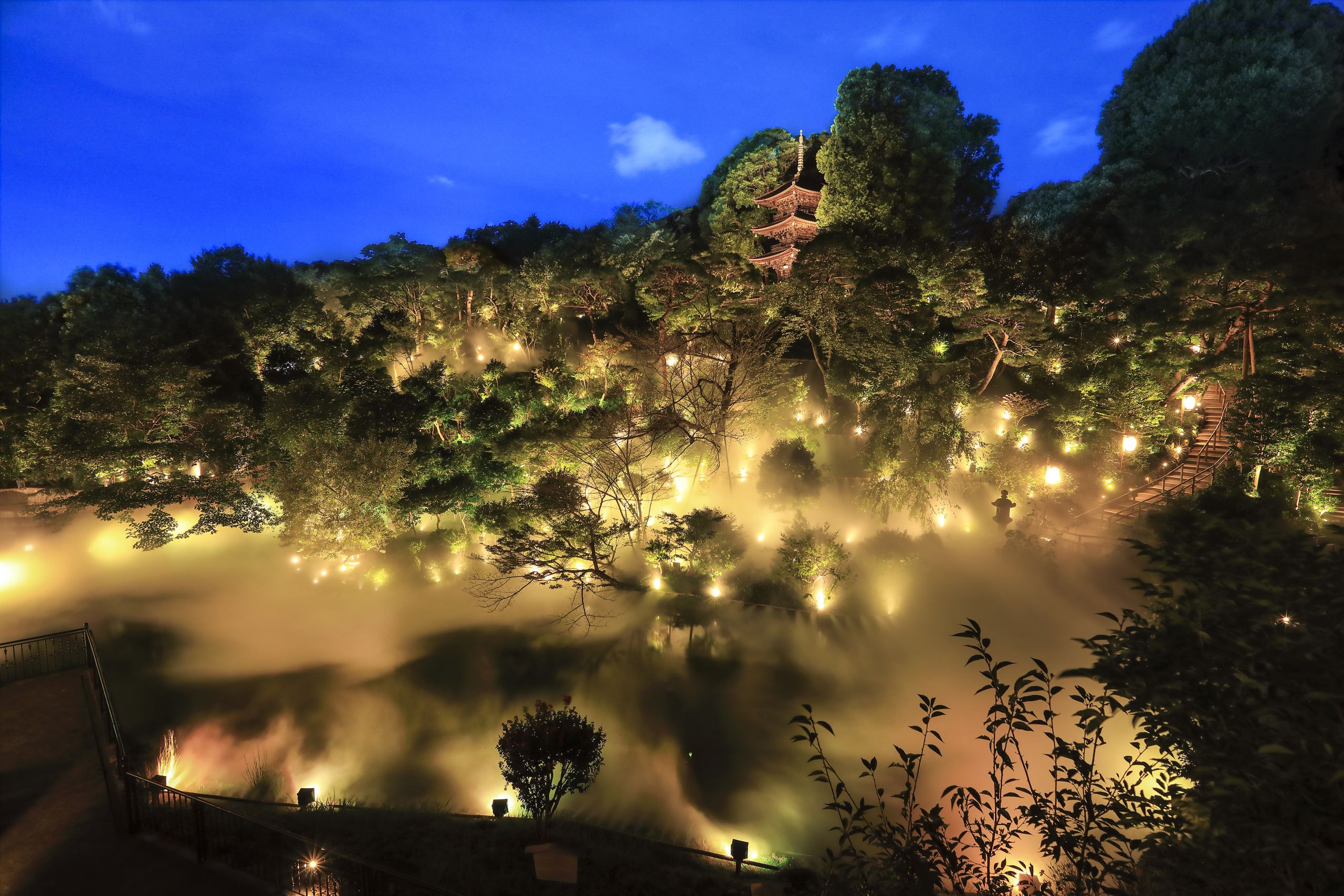
Located in Sekiguchi, Bunkyo City, Hotel Chinzanso Tokyo brings an other-worldly experience in the clouds. Entrance is free and all you have to bring is a friend and camera to take memorable pictures.
Sekiguchi, Bunkyo-ku
Sundown to 11pm
More information here
Yokohama Milight 2025-2026
November 6 – February 8
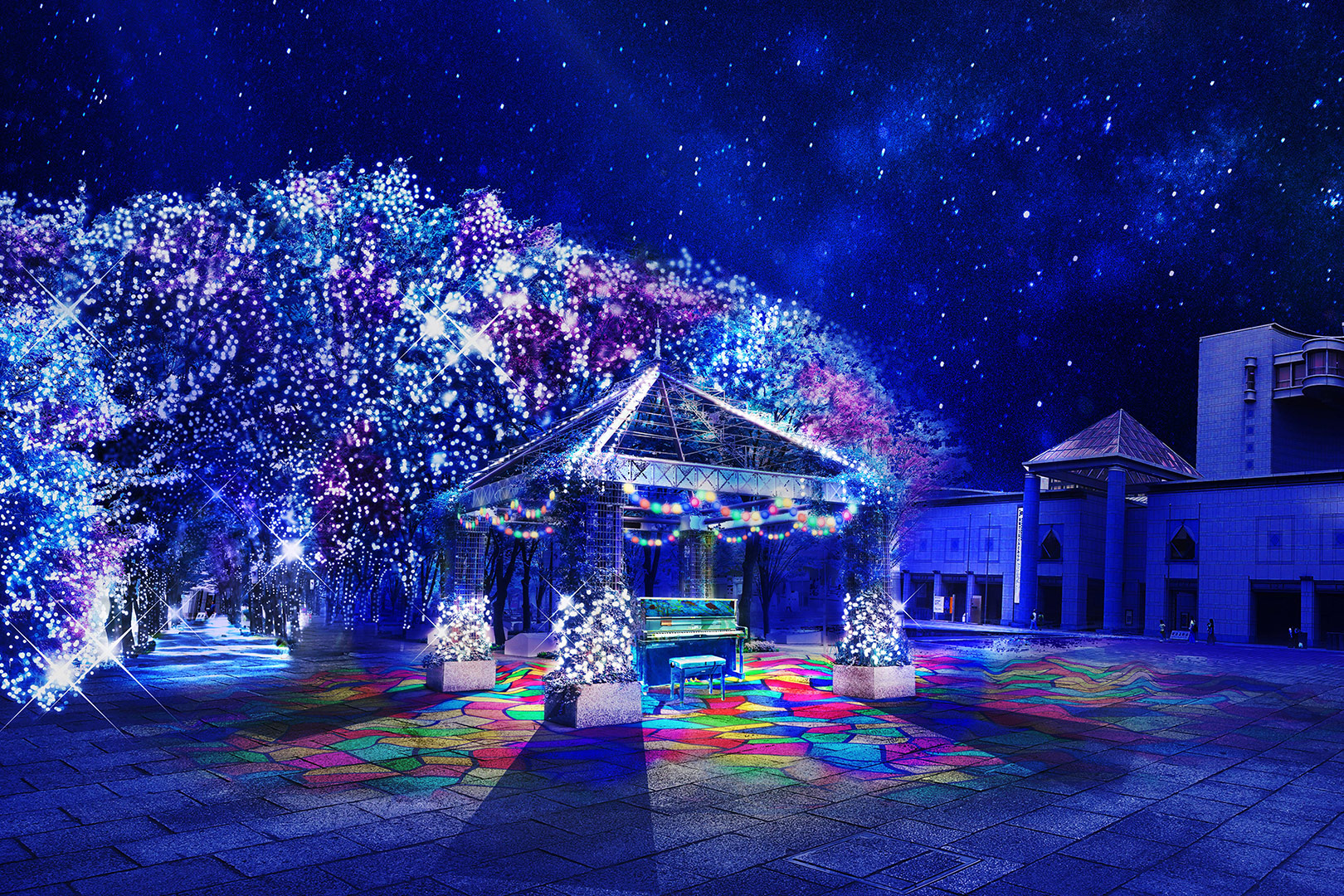
Starting from Yokohama Station’s East Exit, the Minato Mirai area, centered around Grand Mall Park, lights up with a stunning 1.5-kilometer-long illumination display. Now in its seventh year, this event stands as a hallmark of Yokohama’s winter season.
Yokohama Station to Grandmall Park / Minatomirai Area
Opening hours: 4pm – 11pm
Free Entrance
More information here
Yoru no Yo 2025
December 4 – December 30

Spanning over three kilometers from Minatomirai to Yamashita Park, Highlight of Yokohama turns the harbor into a citywide light show. Forty-six landmarks synchronize in a five-minute performance, blending color, sound and skyline views. At Yamashita Park, the “Bright Garden” features 18 glowing Star Trees forming a luminous, interactive garden. Over at Osanbashi Pier, Qujiland projects a 25-meter whale gliding across the deck in one of Japan’s largest light displays. It’s a stunning celebration of Yokohama’s nightscape and imagination.
Yokohama Waterfront
(Osanbashi Yokohama International Passenger Terminal, Yamashita Park)
Illumination: 5 pm-9:05 pm
Free Entrance
More information here
Tokyo Mega Illumination 2025
November 1 – January 11
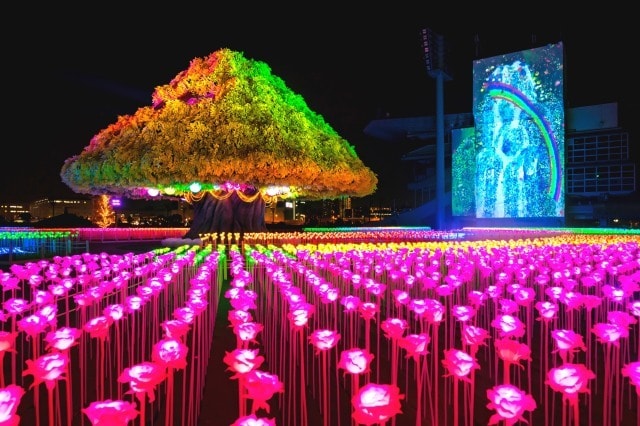
If this is your first time experiencing Christmas in Japan, you shouldn’t miss the Mega Illumination located in Oi Racecourse, Shinagawa City. Featuring a variety of light shows and nostalgic installations capturing Japan’s unique landscapes, it’s a kitschy and fun way to enjoy a winter’s night out. You might also get to see some ponies and horses if you drop on an event!
Oi Racecourse, Shinagawa-ku
4:30 pm – 9 pm (Last entry at 8pm)
Detailed Pricing
More information here
Flower Fantasy–The Garden of Illuminated Flowers 2025
October 18 – February 15

Consistently ranked one of the best illuminations in the country, the Garden of Illuminated Flowers brings over 5.0 million lights to decorate the sprawling garden with several themed installations scattered throughout. Although outside of Tokyo, it’s worth the trip.
Ashikaga Flower Park, Tochigi
3:30pm – 8:30pm
Adults ¥1,400
Children ¥700
More information here
“Minamillumi” Shinjuku South Illumination 2025
November 12 – February 15

This winter, Shinjuku “Minamillumi” 2025–2026 transforms the South Exit of Shinjuku Station into a glowing walkway of light and color. From the New South Gate, follow the illuminated path that stretches through Shinjuku Southern Terrace, Shinjuku Mylord and Takashimaya Times Square. Each spot unveils its own lighting theme, wrapping the area in a warm, festive glow that blends city energy with holiday calm. It’s the perfect way to slow down and enjoy Shinjuku’s softer side after dark.
Around Shinjuku Station: Shinjuku Southern Terrace, Shinjuku Mylord, Takashimaya Times Square, New South Gate
Free entrance
5pm – 11pm/12pm depending on location
More information on the Minamillumi Official Website
Tokyo Snow Dome City Illumination 2025
November 17 – March 3
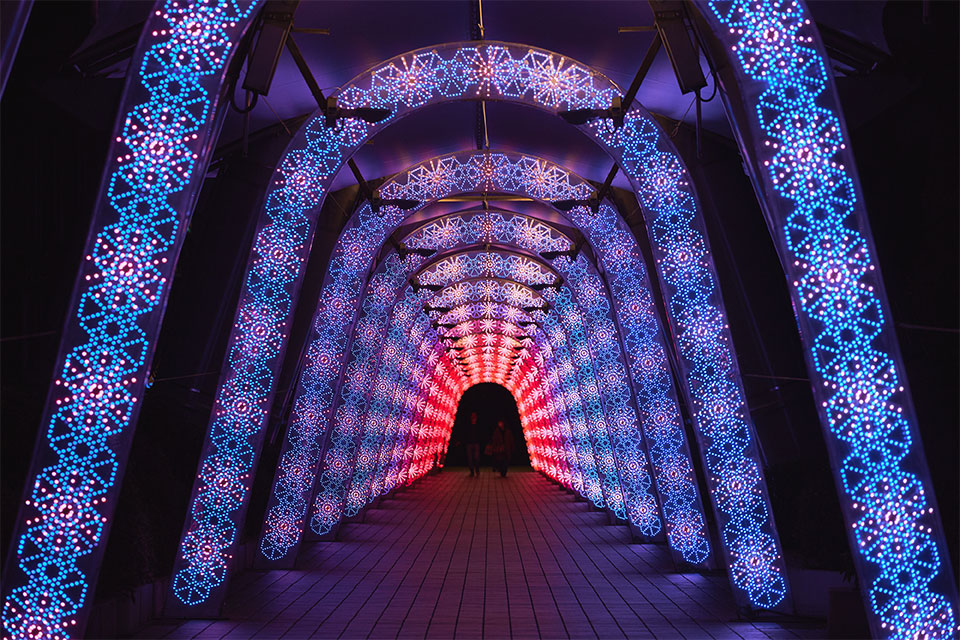
This winter, Tokyo Dome City presents the enchanting theme “SNOW DOME” for its 21st Winter Illumination. The entire area will glow with dazzling white lights reminiscent of fresh snow, complemented by exhibits inspired by snow and snow domes for a truly magical experience.
Tokyo Dome City
Free Entrance
5 pm – 12 am
More information here
Yokohama Red Brick Warehouse Christmas Market 2025
November 21 – December 25

The Yokohama Red Brick Warehouse Christmas Market 2025 returns for its 16th year with the theme “Time.” The theme celebrates both the site’s 110-year history and the moments visitors create there. This year’s main attraction is a 12-meter Christmas tree—the largest ever—glimmering beneath a 30-meter illuminated roof that evokes a starry sky. Authentic German huts line the venue, serving festive food and gifts in a cozy European atmosphere, with light shows every 15 minutes. New attractions include the Christmas Gate at Shinko Central Square and the Christmas Village at Red Brick Park. Both are free to enter and offer fresh ways to experience Yokohama’s holiday charm.
Yokohama Red Brick Warehouse
Nov 21: 5pm – 9pm
Nov 22 – Dec 5: 11am – 9pm
Dec 6 – Dec 25: 11am – 10pm
¥500
More information here
TOKYO ILLUMILIA
November 6 – February 14

TOKYO ILLUMILIA lights up Nihonbashi Sakura Street, stretching from Tokyo Station’s Yaesu Exit to Nihonbashi. Since 2009, this illumination has celebrated the area’s rich Edo heritage with a modern-day spirit. Stroll through the dazzling lights and experience Tokyo’s blend of tradition and renewal.
Free Entrance
4:30pm – 11:30pm
More information here
Yomiuriland Jewellumination
October 23 – April 5

This winter, Yomiuriland lights up the night with LIGHT HOP⤴, a jewel-toned spectacle designed by legendary lighting artist Motoko Ishii. The theme captures the feeling of joy that makes you want to move—colors pulse, fountains leap and the entire park glows in rhythm with the season. More than 6.5 million LEDs turn rides, walkways and water into a kaleidoscope of light that shifts from Christmas through spring. Grab a drink, take the gondola and let yourself get swept up in the glow.
Book tickets here
¥1,800
4pm – 8:30pm
More information here
Odaiba Illumination YAKEI DECK
All year
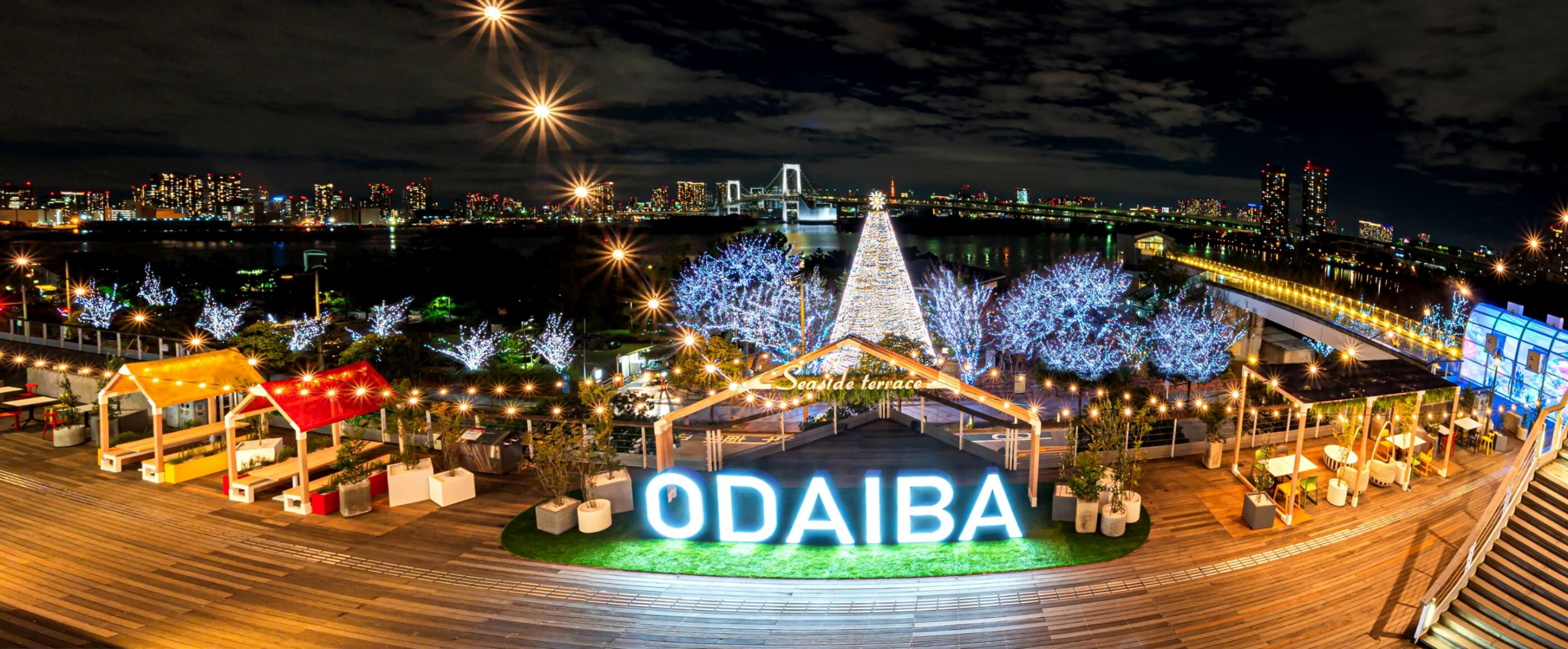
Odaiba Illumination Deck is the best spot for a romantic night out, with stunning views of Tokyo Tower and the Rainbow Bridge across Tokyo Bay. After strolling along the 20-meter-tall illuminated tour tree and seaside terrace, choose from a variety of restaurants to complete the evening. If you’re looking for a cozy and scenic atmosphere, this is the place for you.
Free Entrance
Sundown – Midnight
More information here
Light Walk Odaiba
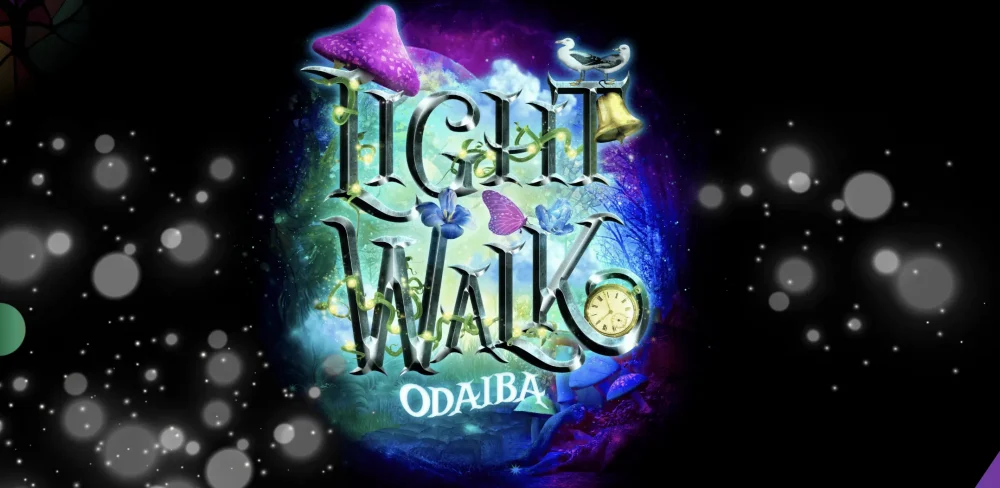
Debuting for the first time, LIGHT WALK ODAIBA 2025 transforms the Tokyo Waterfront City area into a two-kilometer illuminated promenade stretching across around 15 spots, with Yume-no-Ohashi Bridge in Symbol Promenade Park as its main stage. Visitors follow a storybook-like route guided by whimsical characters designed for the event, leading to the SEAGULL CLOCK, a new clock tower inspired by Tokyo’s metropolitan bird, the black-headed gull. Seasonal drinks and limited-edition holiday treats add to the festive atmosphere as you explore Odaiba’s waterfront views.
Yume-no-Ohashi Bridge, Symbol Promenade Park, Ariake, Koto-ku
17:30 – 23:00 (Illuminations)
Free Entrance
More information here
Love exploring Tokyo? Also check out our Tokyo Neighborhoods Series.

